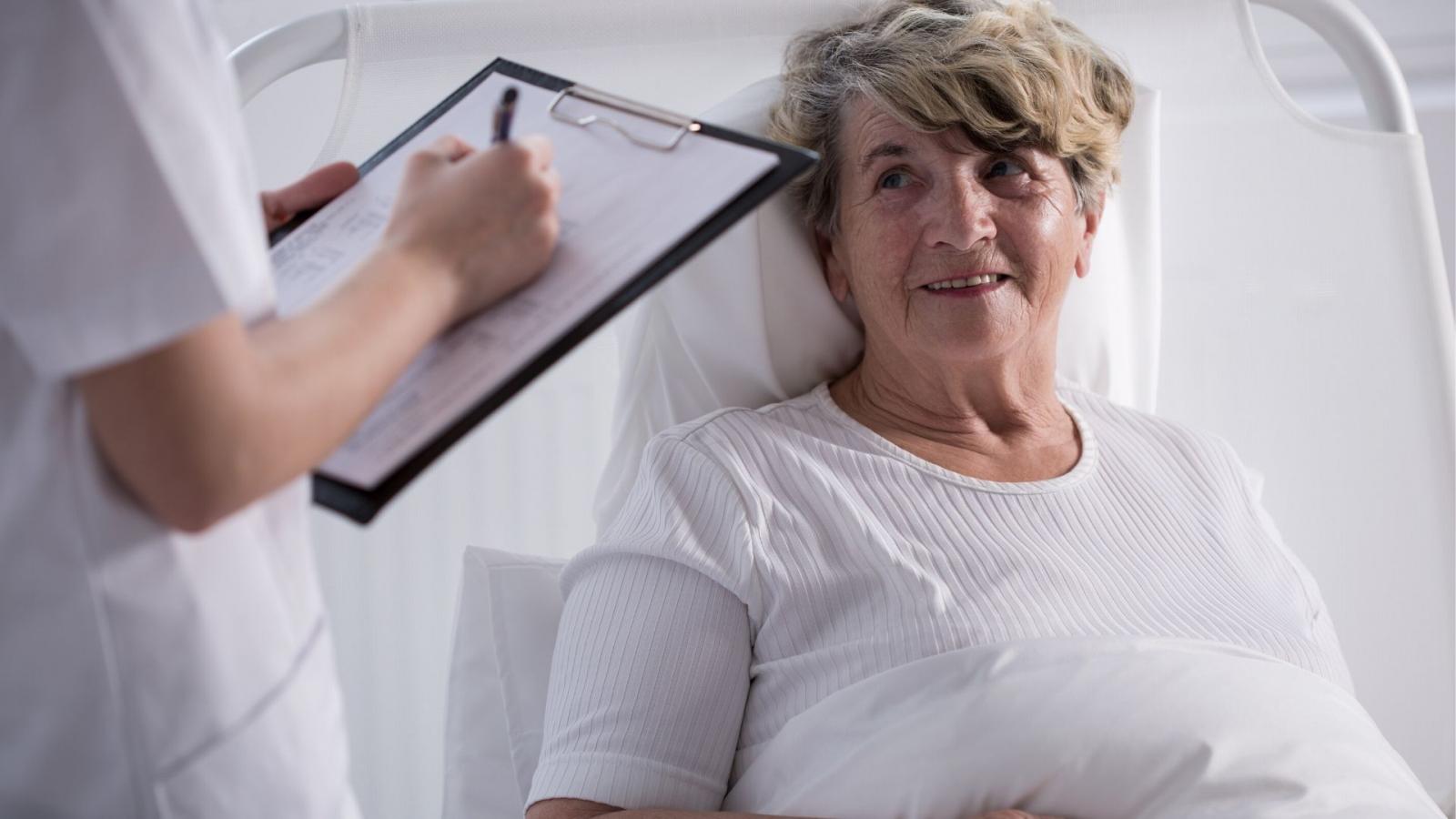Wire guided excision biopsy (breast)

This test is used when your doctor wants to take a sample of breast tissue (biopsy) but needs help to pinpoint the abnormal area shown on a scan. The wire helps the surgeon to find the right area for the biopsy.
You will have the wire guided biopsy in 2 stages:
- Inserting the wire
- Removing the abnormal cells
Inserting the wire
You will have this done in the radiology department or breast unit. Your breast will be cleaned with an antiseptic solution. You will then have a local anaesthetic injection to numb the area where the wire will go in. A needle is put into your breast and a fine wire is put into the abnormal area of your breast through the needle. Once it is in place, the needle is taken out and the wire will be taped to your chest.
Removing the abnormal cells
You will have a general anaesthetic for the biopsy. You won’t be able to eat for around 6 hours before the test and you will need to stop drinking around 2 hours before. Your medical team will tell you exactly what you need to do.
During the biopsy the surgeon will make a small cut in your breast and remove the abnormal area, using the wire as a guide. Once the surgery is finished, the surgeon will take out the wire.
After the biopsy
After the biopsy you will stay in hospital until you have fully recovered from the anaesthetic – usually a few hours.
Make sure you arrange for someone to take you home, as you’re not allowed to drive for 24 hours after a general anaesthetic.
You will need about a week to recover from the biopsy.
It normally takes a week or so for the biopsy results to come back. If there are cancer cells in the biopsy sample your doctor will talk to you about tests and treatments you might need.
Are there side-effects / risks?
Your breast might be a bit sore and bruised for a few days. Ask your medical team about which painkillers you should take if you have any pain. Ask them also about when you might need to contact them – for example, if you have signs of infection such as high temperature, chills or swelling or redness at the site of your operation.
For more information
Phone
1800 200 700



